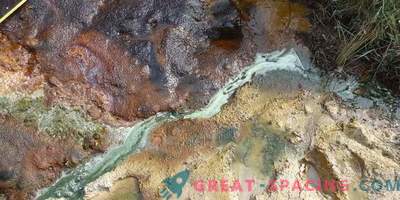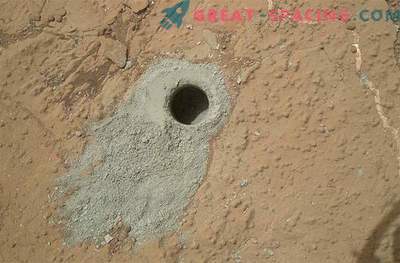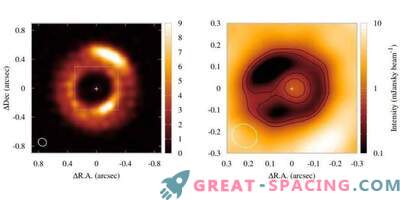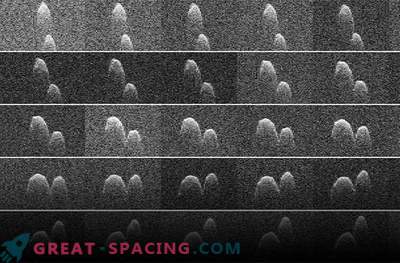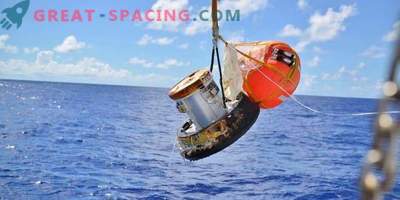
Life on Mars: NASA scientist is convinced that the landing gear found life on the Red Planet 40 years ago
In 1976, the program “Viking” NASA lowered the landing gear on the Red Planet to find traces of extraterrestrial life. Two stations conducted a series of surface experiments designed to detect microbial biosignals. The results seemed controversial and inconclusive, which led to many discussions about the reliability of the conclusions.
More than 40 years after the end of the mission, scientists are still unable to agree on what was discovered on Mars. However, Gilbert Levin (the former Viking principal investigator) still believes that the experiment was incredibly successful. In 1977, he stated that the mission was able to find signs of Martian life, as the soil sample showed a positive result in metabolism.
Moreover, Levin criticized NASA for not paying sufficient attention to the Viking agency. He said: “I’m sure NASA is aware of the existence of life on Mars.” The experiments proved controversial because they led to conflicting sets of results in related experiments.
The LR test initially noticed signs of metabolism in the soil, but the second experiment did not record any traces of organic material. The researchers claimed that metabolism is impossible without organic material. Dr. Levin is now urging NASA to review the findings of the Viking, along with data collected over 40 years. He emphasized the existence of substantial and indirect evidence in favor of Martian life. In June 2018, NASA discovered the presence of organic compounds hidden in ancient Martian rocks. The agency reported that the Curiosity unit noticed a tough organic molecule of carbon, hydrogen, oxygen and nitrogen. Levin also said that it is worth turning to other signs, such as seasonal methane emissions.
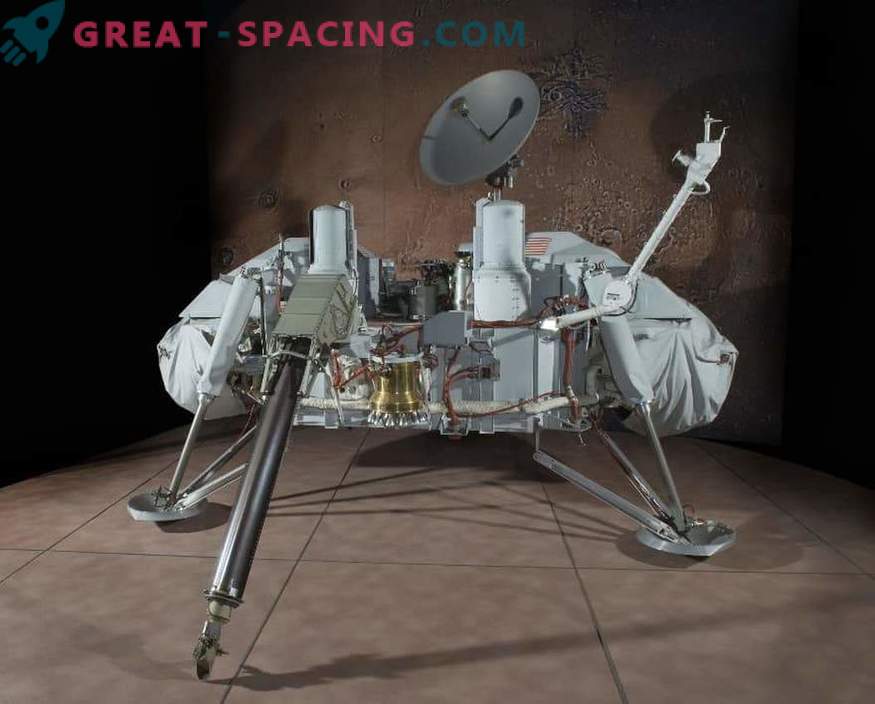
The Viking landing gears were looking for Martian life in 1976
About 90% of earthly methane is created by living organisms. Levin argues that such things cannot be avoided, but it is worth noting that methane is also created by the contact of water and rock. NASA's June data confirmed that there was once a lot of liquid water on Mars. There is also an assumption that simple life forms developed on the planet in a certain period.

Most scientists agree that the Viking program was unable to detect signs of alien life
On the side of Levin, there are several influential scientists who support his point of view. NASA also can not ignore the latest findings. But still, most representatives of the scientific world are inclined to believe that 40 years ago the Viking program did not find anything.




